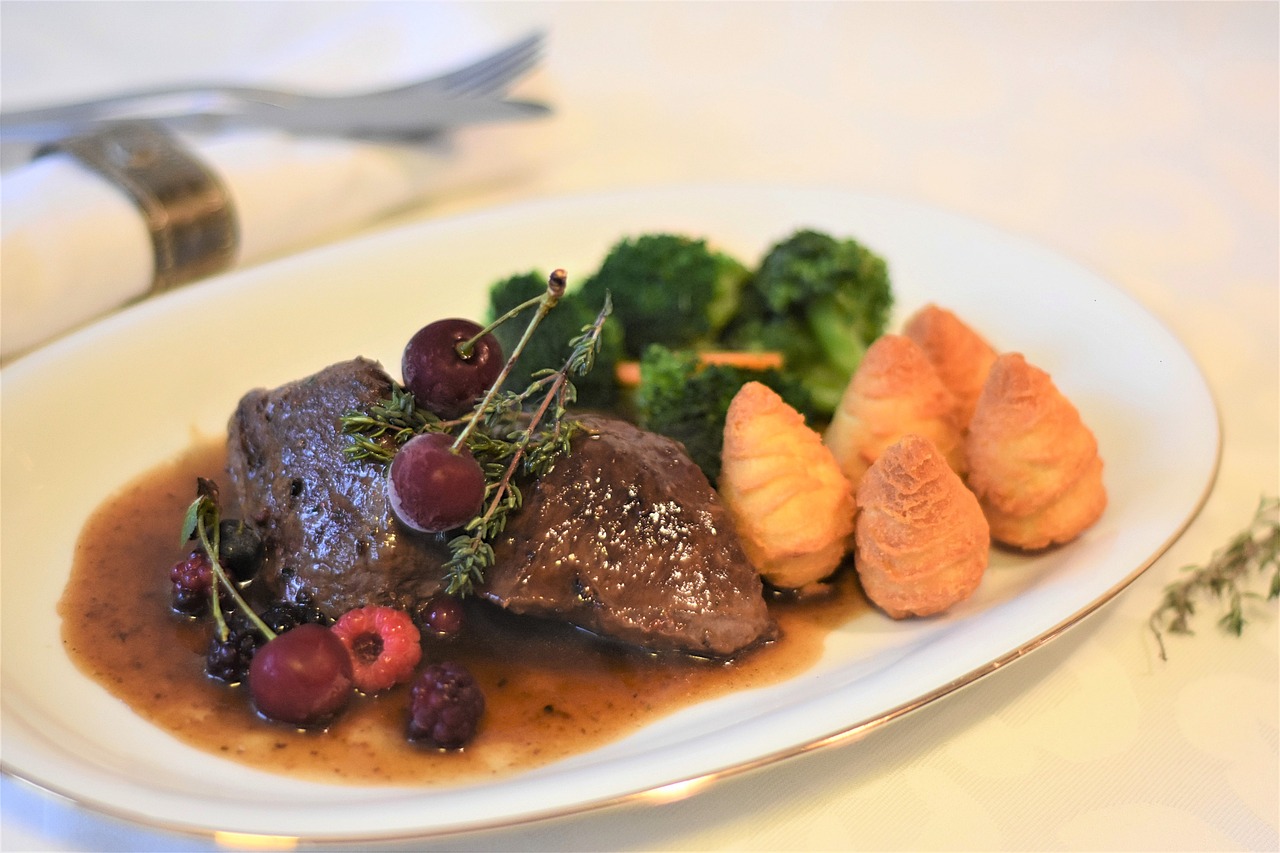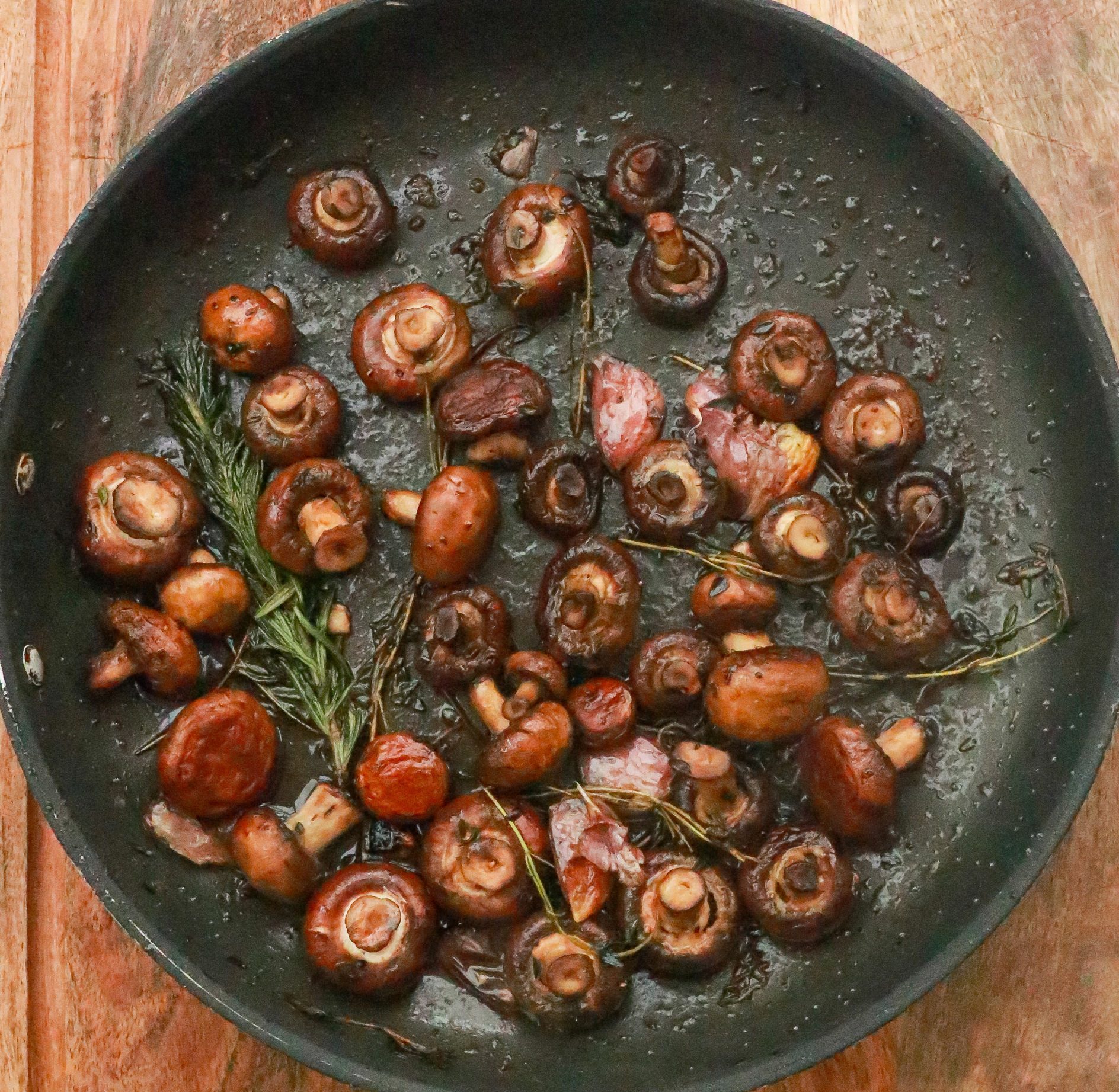
While few people know about it at home, Hungarian game meat is a much sought-after product abroad.Continue reading

Mushrooms are a superfood that can be included in any diet. It is no coincidence that this ingredient with its special flavor is increasingly appearing on Hungarian plates. Based on the joint market map of the National Chamber of Agriculture and the Hungarian Fruit and Vegetable Interbranch Organization, FruitVeB, Hungarian mushroom production is estimated at 22-23,000 tons per year, and in addition to domestic consumption, Hungarian mushrooms are also found on a number of export markets.
Domestic and European consumption of mushrooms has increased significantly in recent years, reports Magyar Nemzet. Although the mushroom sector, like other agricultural sectors, faced many challenges during the COVID epidemic, it has managed to recover from the pandemic. With a focus on healthier diets, the demand for mushrooms on the domestic market has also increased.
While in 2020, the annual per capita consumption of mushrooms in Hungary was 1 kilogram per person, the increased demand during and after the pandemic has led to an increase to 1.5-1.6 kg per person.
However, domestic consumption is still below the European average of 3 kg and the UK average of 4 kg.

Photo via Pexels
According to the National Chamber of Agriculture and FruitVeB, the average annual mushroom production in Hungary is around 22-23,000 tons.
90% of the production is of champignon mushrooms, 7-8% of wild mushrooms, and 2-3% of the more special varieties.
The largest area under cultivation is concentrated in the central Hungarian region, including Budapest and the area around the capital. This region accounts for 45% of the champignon mushrooms grown in the country. There are also significant areas of champignon production in Győr-Moson-Sopron and Heves Counties.
About 60% of the mushrooms produced in Hungary are exported.
A significant part of the exports, almost 75%, is exported as fresh mushrooms to foreign markets (Austria, Slovenia, Slovakia, Romania), the remaining 25% is exported as canned mushrooms (Italy, Austria). The fresh markets for wild mushrooms are mainly in Hungary, Germany, and Romania. Exotic mushrooms (shiitake, devil’s fingers) are available in limited quantities on the fresh market.

Champignon mushrooms. Photo via Pixabay
Mushrooms are intensively cultivated, with up to 250-300 kg of mushrooms per square meter. However, achieving such a volume requires a significant investment: appropriate climatic conditions and the right ratio of carbon dioxide, humidity, and filtered air.
Mushrooms have recently become increasingly common on the plates of vegans and vegetarians.
As it contains all the essential amino acids, mushrooms are sought after as a raw material for meat substitutes and alternative foods. It is important to keep the mushrooms under running water for only a short time, but never peel them, as their outer coating also contains valuable nutrients. Mushrooms can be used not only for their hats but also for their stems.
Mushrooms are a real superfood: they are rich in protein, have a favorable amino acid composition, are low in energy, high in water and dietary fiber, cholesterol-free, a source of vitamins A, B1, B2, B3, B5, B9, and have an extremely high vitamin D content.

Photo via Pexels
Mushrooms can be used in a variety of dishes, including soups and meat dishes. It is also a good choice for grilling, stews, and salads. It can also be stir-fried, added to egg dishes, sauces, and gravies.
Via Magyar Nemzet, Featured image via Pexels